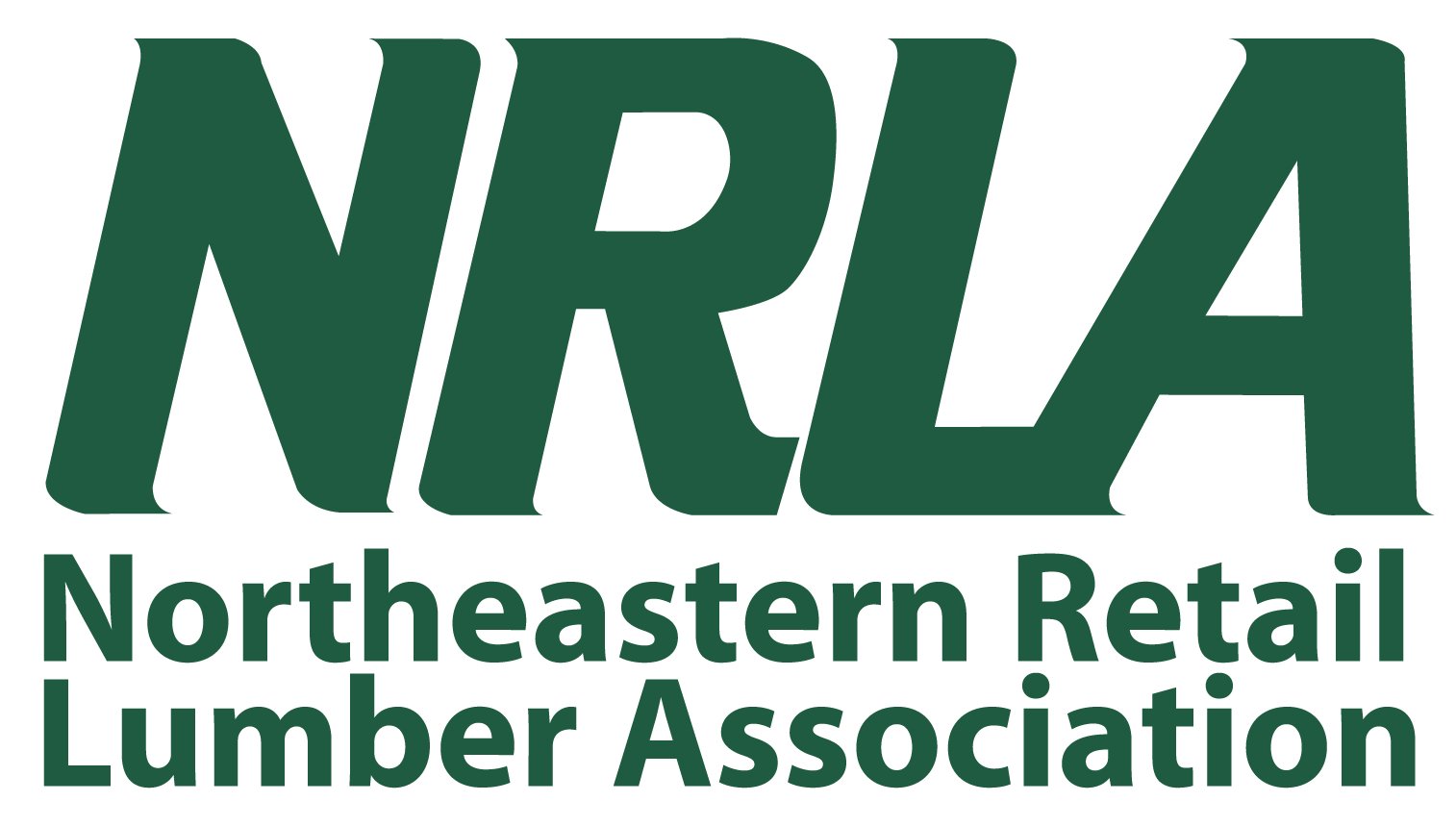“Put that coffee down!” If you have been in sales for a minute or several decades, odds are, you know what is coming next. “Coffee is for closers only.” These iconic lines came from the 1992 movie “Glengarry Glen Ross,” where Alec Baldwin’s character forever cemented the importance of coffee to the sales profession. In addition, these lines reinforced the illustrious distinction of being a “closer.”
Closing the sale is often revered as a key skill for a salesperson and is considered the pinnacle of sales success, as it’s the last thing that happens during the sales process. Closing = Selling. As a result, salespeople, managers, and executives place their focus, effort, and conversations on closing. In reality, salespeople face rejection at a higher frequency than closing the sale. More often they hear their prospects say, “no,” or the softer, kinder, but equally loathed words, “I will keep you in mind.”* If the majority of the time pushing for a close ends in rejection, the more you try to close, the more you get rejected. The odds are against us, so closing isn’t the solution.
When a prospect crosses the threshold to become a customer, it’s not because the salesperson so eloquently asked them for the sale or made a profound “close.” It is either a stroke of luck or the result of a successfully facilitated sales process. “Successfully facilitated sales process.” That sounds way too deliberate, formal, confusing, and intimidating; not to mention, nobody has got time for that…
How do we simplify this? Consider why people buy. They buy because they perceive the value or importance of what the seller is offering as greater than what their current situation can offer. In other words, the customer believes they will be better off changing to a new product than they are with their current product, or that transferring their business to you will improve their business in a way that their current vendor can’t, or at least hasn’t.
As a salesperson, it is your primary responsibility to help the buyer understand how your offering will improve their situation. Simply telling the customer how your product or service will help them is not enough to inspire them to change. (When was the last time you bought something simply because a salesperson told you how great it was?)
Henry Ford is credited with saying, “People know what they want but do not know what they need.” Often, the customer must be guided to recognize or gain a realization of their current situation. Then they need to explore the challenges and costs associated with the current situation and gain an understanding of what improvement would look like.
Having this type of conversation with a prospect or a customer can be challenging for a salesperson. When you ask someone too broad of a question like, “How can I help you?” there are too many options to consider and weigh out, and the customer will struggle to answer the question. They will either deflect the question with “I don’t know” or “I don’t need anything,” or give you some answer that doesn’t harness any value. If you ask them a question that is too specific, they will likely find it too intrusive and opt not to answer, or the question may come off as unsolicited advice, which doesn’t work.
To help the customer identify their needs and guide you on how to bring them value, ask the customer a situational question that they can answer, such as, “If we were to meet for coffee six or 12 months from now and you were to say to me, ‘I am glad that we started doing business together,’ what are two or three factors that would be different in your business versus today?” Often the customer can tell you things that they want changed in their business or headaches that they want to go away. With this type of question, you have narrowed the focus for the customer to a few relevant items that they can share with you that will bring them value.
Revealing this type of information from a customer is the type of opportunity that you are looking for to turn the prospect into a “buyer.” It’s almost like having the customer call you up and say, “Hey, can you help me solve these problems with my business?”
Next time you are looking to sell a new product or convert a prospect into a customer, focus on asking them questions that are easy for them to answer and reveal value that you can deliver for them by asking them to meet you for a cup of coffee. LC
“I will keep you in mind” is code for one of two things: 1. “I see no value in you or what you are offering, so please leave my office, and thank you for wasting my time,” or 2. “I am not the decision-maker and do not have the authority to say ‘yes,’ but I am not going to say that because it bruises my fragile ego; you’re welcome for wasting your time.”
Want more insights on how help your customers recognize your value? Or take your company’s performance to the next gear? Tom Zimmerman, principal of SHIFT Sales Training & Consulting, has helped many companies better position themselves as valued-added partners for their customers, which has resulted in increased revenues and customer loyalty. Tom can be reached via email at tzimmerman@shift-stc.com. To learn more about SHIFT Sales Training and Consulting, visit www.shift-stc.com.







